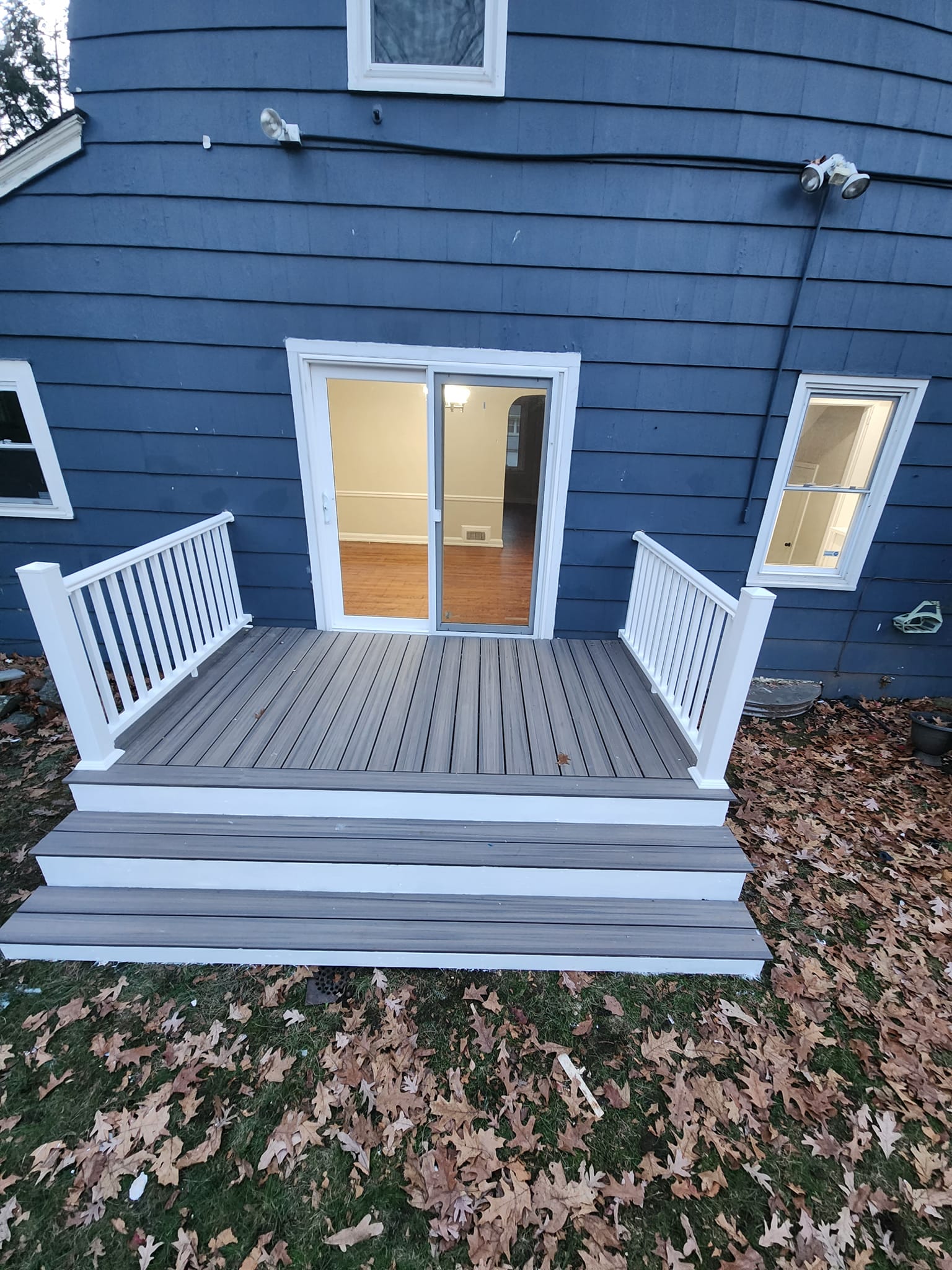
Expert Handyman Tips for Sustainable Home Improvement Aug 26, 2025
Begin your journey towards sustainability by conducting a thorough energy audit of your home. This audit will help identify areas where energy is being wasted and suggest improvements. Consider enlisting the services of a certified professional, or if you're handy, start with a DIY audit using online resources. Once you have pinpointed the areas that need attention, you can begin implementing targeted solutions.
One of the simplest yet most effective ways of improving your home's sustainability is by upgrading to energy-efficient appliances. Energy Star-rated appliances use significantly less energy and can reduce utility bills while minimizing your carbon footprint. Whether it's switching to a more efficient refrigerator or investing in a high-performance washing machine, energy-efficient appliances are a smart home upgrade.
Insulation is another critical area to consider. Proper insulation ensures your home maintains its temperature, reducing the need for excessive heating or cooling. This not only saves energy but also lowers energy bills. Invest in quality insulation for your attic, walls, and floors. Additionally, sealing gaps around doors and windows with weatherstripping or caulking can further improve energy efficiency.
Lighting is often overlooked when it comes to sustainable home improvements. Replacing incandescent bulbs with LED lights is a simple switch that offers substantial savings. LED lights use up to 75% less energy and last significantly longer, reducing the frequency of replacements. Furthermore, consider installing dimmer switches to control the brightness of your lights and save even more energy.
Water conservation is another important aspect of sustainable living. Simple changes such as installing low-flow fixtures, dual-flush toilets, and energy-efficient showerheads can considerably reduce water usage without sacrificing performance. Be mindful of water leaks and fix dripping faucets promptly to avoid wastage.
Sustainable home improvement also extends to the materials and finishes you use. Opt for eco-friendly options like bamboo flooring or recycled glass tiles for your next renovation. These materials are not only sustainable but also add a unique and beautiful touch to your home decor. When repainting, choose VOC-free paints that do not release harmful chemicals into the air, ensuring a healthier indoor environment.
Lastly, embrace the power of natural ventilation and lighting. Open windows and doors to promote airflow and reduce reliance on air conditioning systems. Use natural light to your advantage by installing large, energy-efficient windows that allow sunlight to illuminate your home during the day.
In conclusion, sustainable home improvement is achievable with thoughtful planning and the right choices. By following these expert tips from Sway The Handyman, you can significantly reduce your home's impact on the environment, improve its energy efficiency, and enhance your quality of life. Start with small changes, and over time, you'll create a more sustainable, cost-effective, and comfortable home. Remember, every small step counts when it comes to sustainability.